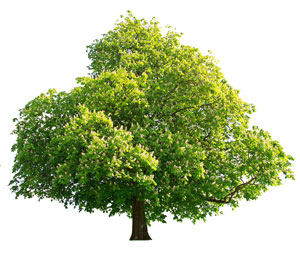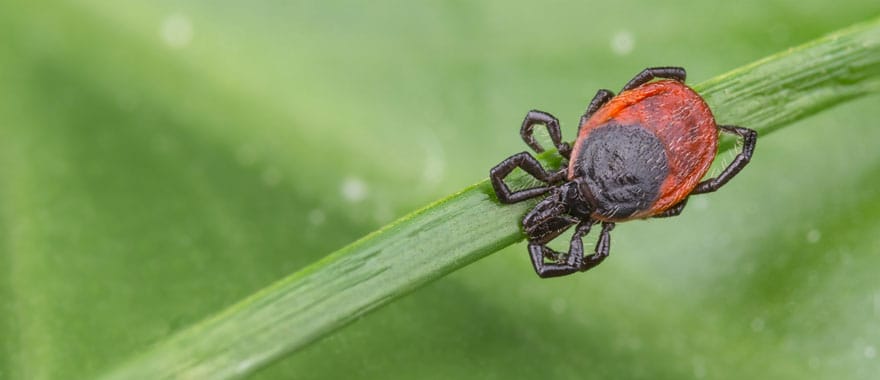 March marked the start of our transition from winter to spring. Now that the snow is gone, it’s a good time to examine your trees for winter damage. We often expect our trees to be self sufficient and tend to neglect their well-being.
March marked the start of our transition from winter to spring. Now that the snow is gone, it’s a good time to examine your trees for winter damage. We often expect our trees to be self sufficient and tend to neglect their well-being.
Spring Tree Care Tips
Here are the things you can do each spring to keep your trees healthy:
- If your trees need to be fertilized, wait until the ground has completely thawed. Fertilizer run off wastes money and also contributes to groundwater pollution.
- If, and only if, an insect problem exists, dormant oil sprays can be used once the temperature reaches a constant 40 degrees. Dormant oils are used to control some scale insects and overwintering insects.
- Tree wraps should be removed in the spring as the temperature warms.
- Complete all of your pruning prior to trees leafing out. Storm damaged branches should be removed as they occur.
- If you’re planning on adding trees to your landscape, now is a good time to visit our local nurseries and greenhouses for suggestions and recommendations.
- Here are our recommendations for the five best spring-flowering trees to plant in Connecticut.
For more helpful tips, download our Spring Tree Care Checklist.
Tree Facts: Keeping Your Trees Healthy
How can you keep your shrubs and trees healthy during the spring and throughout the year?
For an answer to this question, it’s important to know something about the needs of healthy plants. Facts to consider include a plant’s capacity to make and store carbohydrates, soil moisture, and soil that has adequate nutrients and is conducive to plant growth.
Capacity to Make and Store Nutrients
This is important to all plants and it is not as simple as it may seem. Each perennial plant, including trees, must be able to store adequate carbohydrates, not only to reproduce leaves for each year, but also to “hold in escrow” the energy needed to grow new leaves if they are killed by frost or destroyed by wind or hail.
If you showed it on a graph, the carbohydrate storage curve would be high in early spring, just before trees leaf out. After leaf-out, it would plunge (because the tree has used a lot of stored food energy to put on new leaves). Then, in midsummer or later, the curve would rise again, as the tree begins to build new food stores.
Trees and shrubs use stored nutrients in early spring. By the end of spring, after a tremendous growth spurt, trees have used up a lot of these nutrients. A healthy tree will then begin, through the process of photosynthesis, to make new supplies of nutrients (carbohydrates).
Though summer is hot, the healthy tree will continue to make and store enough nutrients to carry it through the winter. In fall, trees begin to lose their leaves and go dormant for winter, and the tree’s food-making capacities slow down.
By knowing this cycle, you can see that the tree must be healthy enough to manufacture, store,and use adequate nutrients throughout the year. If it isn’t, you will end up with dead branches or even a dead tree. In some cases, a tree may have just enough food stored to begin leafing out, but not enough to continue growing. In that case, the tree will die. Proper plant care, year-round, should prevent this from happening.
Soil Moisture
Too little or too much moisture will result in a tree dying back or dying off. As a rule of thumb, soil needs to be moist to between 12 to 18 inches of depth for most trees and shrubs. The only way to check moisture depth is to check by careful digging or by using a soil probe after watering the root area.
Don’t assume that you’re watering a tree when you’re watering your lawn. Most of the water may go to the lawn, which has many roots competing with tree roots. Thatch in the lawn acts to repel water, and different soil types make water penetration very difficult in many cases. Soaker hoses and root waterers can be useful tools for applying water.
Be sure to apply water during extended winter dry periods, not just during the summer. This is vital to good tree health.
Soil Type
Soils can vary greatly within a short distance. Generally, Connecticut soils tend to be stoney and acidic. However pockets of sandy soils can be found in some areas. You need to ascertain what type of soil you have (send a soil sample to the soil testing lab at the CT Agricultural Experiment Station) and take steps, gradually, to improve it. If yours is a clay soil, aeration will help provide oxygen needed for optimum plant health.
Soil Nutrients
In general, trees do not need as much fertilizer as do lawns. However, in our generally low pH soils, nutrients, such as nitrogen, iron, zinc and manganese, can be added. Note the color of leaves and needles. If they look sickly or light colored, that is a clue that additional nutrients may be in order. If you are concerned about soil health, you might consider having your soil tested.
By understanding these and other plant needs, you will know how to provide healthy plant care, not only each spring, but throughout the year.




